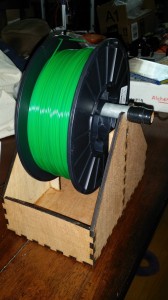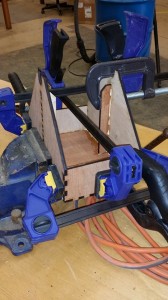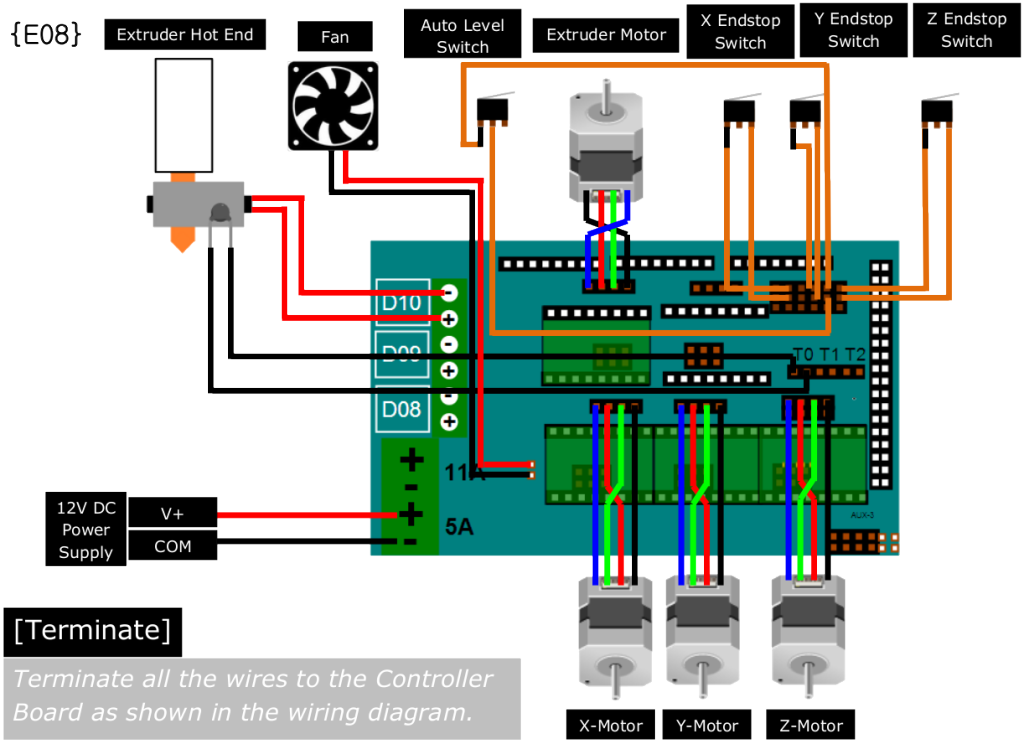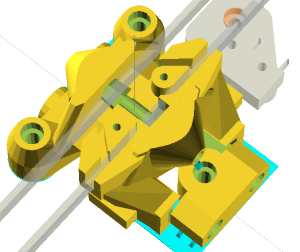 The following drawing is for a laser-cut thin-plywood holder for 3D printer filament spools. Just get some 1/2″ PVC pipe or conduit with endcaps for an axle to hold the spools.
The following drawing is for a laser-cut thin-plywood holder for 3D printer filament spools. Just get some 1/2″ PVC pipe or conduit with endcaps for an axle to hold the spools.
When cutting this design in cheap 5mm furniture backing, there were problems with the warping of the stock. Our laser cutter needs a very flat surface to cut. I have had to split the design into smaller cuts, which fit on smaller pieces of stock. The warping error across a small piece of stock can be much less than the warping across a piece of stock large enough for the entire design.
The drawing was split into the

which should be cut once, and the
which should be cut twice.
I posted this picture thinking the number of clamps I was using was silly.
 I was informed by a pro that this is actually a proper procedure.
I was informed by a pro that this is actually a proper procedure.
 triangular side panel
triangular side panel

